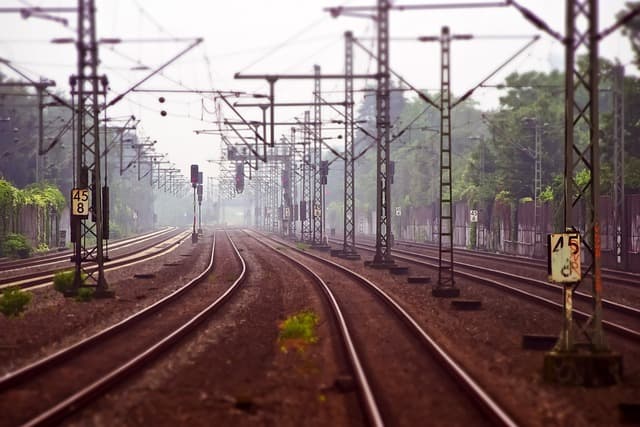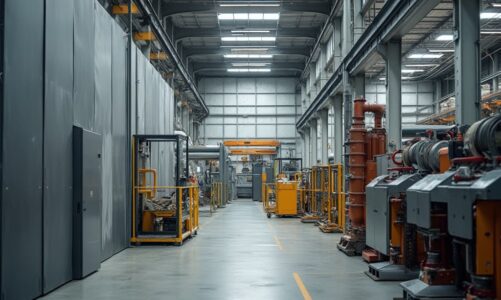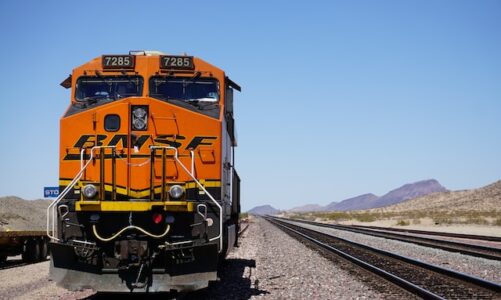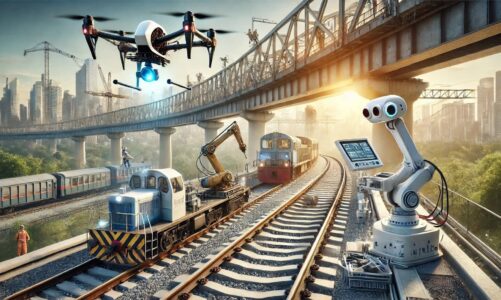These three Latin letters have long been synonymous with the word “benchmark” or “masterpiece” in the field of high-speed rail transport. The French express train that bears these letters can reach speeds of up to 320 km/h and once reached 575 km/h in April 2007 as an experiment.
The first American “swallow” to follow the TGV were the Acela type trains which connected Washington DC, New York and Boston on one line. One way distance is 734 km. The trains run at an average interval of about one hour (there are a total of 20 trains a day both from Washington and Boston).
The joint creation of the Canadian company Bombardier and French Alstom began regular runs in 2000. Though, it still has to grow up to the French “brother” in speed (240 km/h), but it cannot complain about the lack of passengers: nowadays the Acela trains provide half of all Amtrak company income.
Apparently, these indicators became one of the reasons why President Barack Obama set the following goal for America: in 25 years, up to 80% of Americans must have regular access to the high-speed rail service. And we are talking about trains that can reach speeds of 350 kilometers per hour. This plan became one of the key projects in the economic stimulus program, which was put forward by Obama in 2009. Its total cost is 797 billion dollars.
It is impossible to say that the project of covering the whole territory of America with high-speed steel lines has unconditional support of politicians and the public in the conditions of difficult economic situation in the USA. But supporters of the “flying” expresses remind: Traffic jams in urban areas of America cost the country $110 billion annually because of needlessly wasted fuel and time, while the major French railway company SNCF paid taxes to the amount of $780 million to its government for the last 5 years.
By now, the deployed length of America’s steel lines (if all the tracks are connected together so that one long track is created) is 357,000 km.
And a little about the future
Rail transport is returning to the cities. In Washington in 2013 after half-century absence streetcars will go again. The authorities of the capital intend to build 60 km of tracks, having spent for that 100 million dollars.
The number of Amtrak customers continuously increases for the ninth year in a row. Last year 30 million people used the services of the company, or nearly one in ten Americans. Rail travel is also growing in popularity. Trains with special sightseeing cars make sightseeing trips from the East Coast to the West Coast. And even avid motorists often prefer to put their cars on the freight platforms, get on the same train in passenger cars and thus get to their destination, bypassing the inevitable traffic jams on the approaches to the cities.
As cheap gasoline and easy car travel become a thing of the past in the United States, America’s transportation future increasingly takes on the appearance of the high-speed express train.



